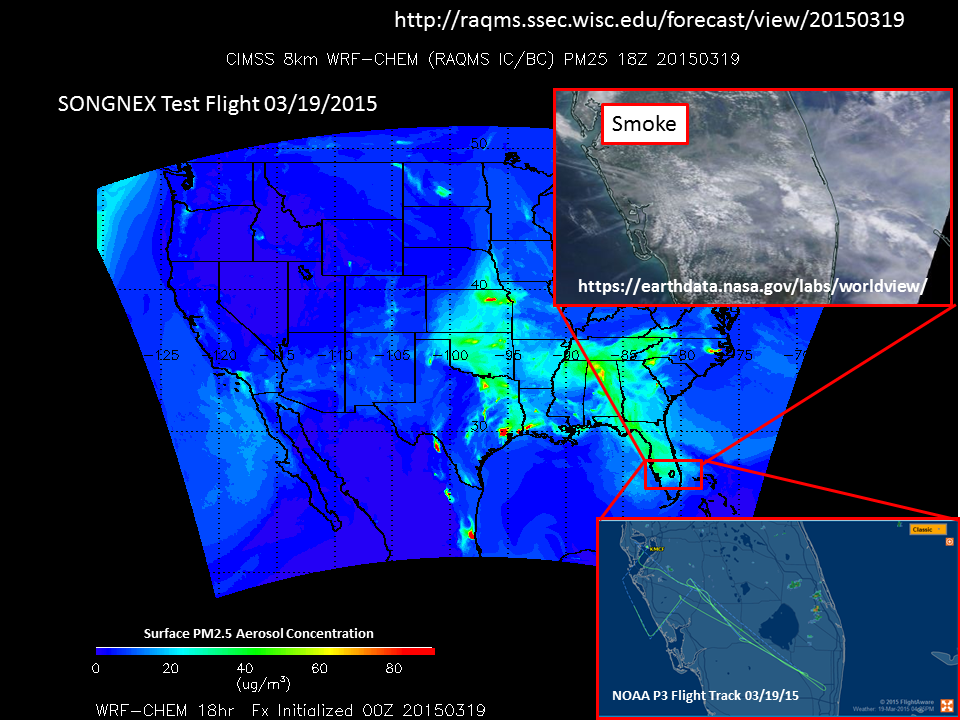
[ Archive ]

 |
CIMSS-NOAA Weekly Report
[ Archive ] |
 |
IN THE PRESS:
ITEMS FOR THE ADMINISTRATOR:
ITEMS FOR THE ASSISTANT ADMINISTRATOR:
ITEMS FOR THE OFFICE DIRECTOR, STAR:
David S. Johnson Award Received at Goddard Memorial Dinner: Michael Pavolonis received the NOAA David S. Johnson Award at the 58th Annual Goddard Memorial Dinner in Washington, D.C on March 13, 2015 (http://www.spaceclub.org/goddard-dinner.html). The NOAA-Johnson Award is named after the first assistant administrator of NOAA’s Satellite and Information Service and honors professional scientists, who create new uses for observational satellite data to better predict atmospheric, oceanic and terrestrial conditions. The 2015 award was presented to M. Pavolonis for developing cutting-edge methods to convert satellite data into actionable information for mitigating hazards caused by volcanic eruptions and severe convection. These new remote sensing techniques improve the timeliness and accuracy of volcanic ash cloud advisories and severe weather warnings. (J. Key, E/RA2, 608-263-2605, jkey@ssec.wisc.edu; M. Pavolonis, E/RA2, 608-263-9597, mpav@ssec.wisc.edu)
ITEMS FOR THE DIVISION CHIEF, CoRP:
Test of GOES-15 Rapid Scan for Alaska: On 17 March 2015, J. Gerth, Cooperative Institute for Meteorological Satellite Studies (CIMSS) researcher, and T. Schmit assisted the NOAA NESDIS Office of Satellite and Product Operations (OSPO) during a test of the Geostationary Operational Environmental Satellite (GOES) 15 imager Rapid Scan Operations (RSO) sectors covering Alaska and the North Pacific. During the test, J. Gerth notified OSPO that the water vapor band and 13.3 micrometer infrared channel were not displayable in the Advanced Weather Interactive Processing System (AWIPS) used by the National Weather Service (NWS). J. Gerth also coordinated with users in NWS Alaska Region, who look forward to using more frequent imagery once a successful test is complete. More information is available at http://cimss.ssec.wisc.edu/goes/blog/archives/17882. (J. Gerth, CIMSS, 608-263-4942; T. Schmit, E/RA2 , 608-263-0291, tim.j.schmit@noaa.gov, and Scott Bachmeier, CIMSS, 608-263-3958) (Click image to enlarge)
(Click image to enlarge)VISITORS:
NEXT WEEK:
LOOKING AHEAD:
| Archived Weeklies Page | Submit a report item |